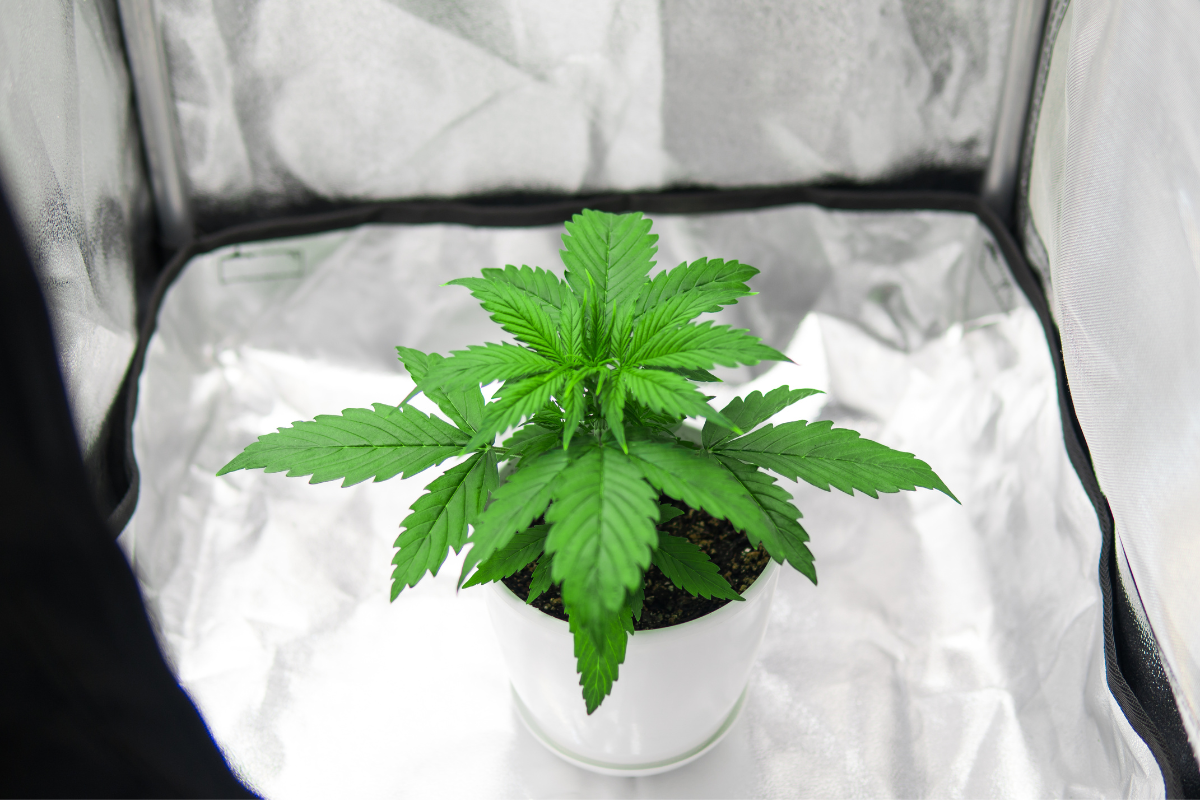
How To Lower Humidity In Cannabis Grow Tents
How to Lower Humidity in Cannabis Grow Tents
By: Brothers Equipment & Supply
Maintaining optimal humidity levels is crucial for successful cannabis cultivation, especially in indoor grow tents where environmental conditions can significantly impact plant health and yield.
High humidity levels can promote mold, mildew, and pest infestations while inhibiting plant growth and development.
In this guide, we’ll explore effective strategies for lowering humidity in cannabis grow tents, the benefits of humidity control, types of dehumidifiers suitable for cannabis farming, and common questions about humidity’s effect on cannabis growing.
Let’s get right into it!
Top 10 Tips To Keep Humidity Low For Cannabis Growers
For cannabis growers, controlling humidity levels in grow tents is essential for maximizing plant health and yield.
Here are the top 10 tips to keep humidity low:
Proper Ventilation: Ensure adequate ventilation in the grow tent by using exhaust fans, intake vents, and oscillating fans to promote airflow and prevent moisture buildup.
Temperature Control: Maintain optimal temperature levels between 70-85°F (21-29°C) during the day and slightly cooler at night to reduce humidity and minimize condensation.
Humidity Monitoring: Invest in a hygrometer to monitor humidity levels accurately and adjust environmental conditions accordingly to maintain optimal levels (ideally between 40-60% RH).
Use Dehumidifiers: Install a high-quality dehumidifier specifically designed for grow room environments to remove excess moisture from the air and maintain optimal humidity levels.
Watering Practices: Water plants sparingly and avoid overwatering, which can contribute to excess humidity in the grow tent. Use drip irrigation or bottom watering methods to minimize moisture evaporation.
Air Circulation: Increase air circulation within the grow tent by using circulating fans to distribute air evenly and prevent stagnant pockets of humid air from forming.
Pruning and Defoliation: Regularly prune and defoliate cannabis plants to improve airflow and reduce humidity levels by minimizing foliage density and promoting better ventilation.
Proper Plant Spacing: Avoid overcrowding plants in the grow tent and maintain adequate spacing between individual plants to allow for optimal airflow and light penetration, reducing humidity buildup.
Humidity Absorbents: Use moisture-absorbing materials such as silica gel packs, activated charcoal, or humidity-absorbing beads strategically placed within the grow tent to help absorb excess moisture from the air.
Sealing and Insulation: Ensure that the grow tent is properly sealed and insulated to prevent outside air from entering and humidity from escaping. Seal any gaps or openings with weather stripping or duct tape.
10 Benefits Of Keeping Humidity Low When Growing Cannabis

Maintaining low humidity levels in cannabis grow tents offers a multitude of benefits for growers and plants alike. Here are the top 10 advantages:
Prevents Mold and Mildew: Low humidity inhibits the growth of mold and mildew, reducing the risk of fungal infections that can damage or destroy cannabis crops.
Reduces Pest Infestations: Dry environments deter pests such as spider mites, fungus gnats, and aphids, minimizing the need for chemical pesticides and pest management interventions.
Enhances Nutrient Uptake: Optimal humidity levels facilitate better nutrient uptake and absorption by cannabis plants, leading to healthier growth, stronger roots, and improved nutrient efficiency.
Prevents Bud Rot: Low humidity helps prevent bud rot (botrytis), a common problem in high-humidity environments, preserving the quality and yield of cannabis flowers during flowering and harvest.
Promotes Dense Buds: Lower humidity levels during flowering promote the development of dense, resinous buds with higher cannabinoid and terpene concentrations, maximizing potency and quality.
Improves Air Quality: Reduced humidity levels contribute to better air quality in the grow tent, minimizing the risk of respiratory issues, mold-related allergies, and unpleasant odors associated with high humidity.
Minimizes Water Stress: Balanced humidity levels prevent water stress in cannabis plants, ensuring optimal hydration without the risk of overwatering or underwatering, which can stress plants and affect yield.
Enhances Trichome Production: Lower humidity levels stimulate trichome production on cannabis flowers, leading to increased resin production, potency, and overall cannabinoid content.
Facilitates Proper Drying and Curing: Low humidity environments are ideal for drying and curing harvested cannabis buds, promoting a slow, even drying process and preventing mold contamination during curing.
Increases Yield and Quality: By creating an optimal growing environment with low humidity, cannabis growers can achieve higher yields, superior quality, and greater consistency in their harvests.
Top 4 Types Of Dehumidifiers For Cannabis Farmers
Choosing the right dehumidifier is essential for effective humidity control in cannabis grow tents. Here are the top five types of dehumidifiers suitable for cannabis farmers:
Desiccant Dehumidifiers: Desiccant dehumidifiers use a chemical desiccant material to absorb moisture from the air, making them highly effective in low-temperature environments and suitable for smaller grow tents.
Refrigerant Dehumidifiers: Refrigerant dehumidifiers work by cooling the air to condense moisture, which is then collected and drained away. They are more energy-efficient and suitable for larger grow rooms with higher humidity levels.
Portable Dehumidifiers: Portable dehumidifiers are compact, freestanding units that can be easily moved and placed within grow tents or small grow spaces. They are ideal for growers with limited space or budget constraints.
Commercial Dehumidifiers: Commercial-grade dehumidifiers are designed for heavy-duty use in large-scale grow facilities and greenhouse operations. They offer high-capacity moisture removal and advanced features for precise humidity control.
FAQs
Cannabis growers often have questions and concerns about humidity control and its impact on plant health and yield. Here are the top 10 frequently asked questions and answers about humidity’s effect on cannabis growing:
Q: What is the ideal humidity level for cannabis plants? A: The ideal humidity level for cannabis plants varies depending on the growth stage. During vegetative growth, aim for humidity levels between 40-60% RH, while during flowering, lower humidity to 40-50% RH.
Q: How does high humidity affect cannabis plants? A: High humidity can promote mold, mildew, and pest infestations, inhibit nutrient uptake, cause bud rot, and reduce yield and quality of cannabis flowers.
Q: What are the signs of high humidity in a grow tent? A: Signs of high humidity include condensation on surfaces, mold or mildew growth, wilting or drooping leaves, reduced airflow, and an increase in pest activity.
Q: How can I lower humidity in my grow tent without a dehumidifier? A: You can lower humidity in your grow tent by improving ventilation, adjusting temperature settings, reducing watering frequency, using humidity-absorbing materials, and pruning dense foliage.
Q: Can low humidity damage cannabis plants? A: Extremely low humidity can cause water stress, leaf curling, nutrient deficiencies, and slowed growth in cannabis plants. Maintain humidity levels within the optimal range to prevent damage.
Q: Can I use a humidifier in my grow tent during vegetative growth? A: While a humidifier can be used to increase humidity levels during vegetative growth, it’s essential to monitor levels closely and avoid excessive humidity, which can promote mold and mildew.
Q: How often should I check humidity levels in my grow tent? A: Check humidity levels in your grow tent regularly, ideally multiple times per day, especially during periods of high environmental humidity or changes in weather conditions.
Q: Should I use a hygrometer or a thermo-hygrometer to measure humidity? A: A hygrometer measures relative humidity (RH) only, while a thermo-hygrometer measures both temperature and RH. For precise humidity control, a thermo-hygrometer is recommended.
Q: Can I control humidity using passive methods like silica gel packs? A: Passive methods like silica gel packs can help absorb excess moisture in small spaces but may not be sufficient for controlling humidity in larger grow tents or grow rooms without active ventilation or dehumidification.
Q: How can I prevent humidity spikes during the flowering stage? A: To prevent humidity spikes during the flowering stage, avoid overwatering, improve airflow and ventilation, maintain consistent temperature and humidity levels, and use a dehumidifier if necessary.
Conclusion
Lowering humidity in cannabis grow tents is essential for maintaining optimal growing conditions, preventing mold and mildew, and maximizing plant health and yield.
By following practical tips for humidity control, understanding the benefits of humidity management, choosing the right dehumidifiers, and addressing common questions and concerns, cannabis growers can create an ideal environment for successful cultivation.
With proper humidity management, growers can ensure healthy, vigorous plants and bountiful harvests of high-quality cannabis flowers.
If you have any questions about our article “How to Lower Humidity in Cannabis Grow Tents” contact us at sales@brothers-equipment.com or chat with us on LiveChat or social media.
